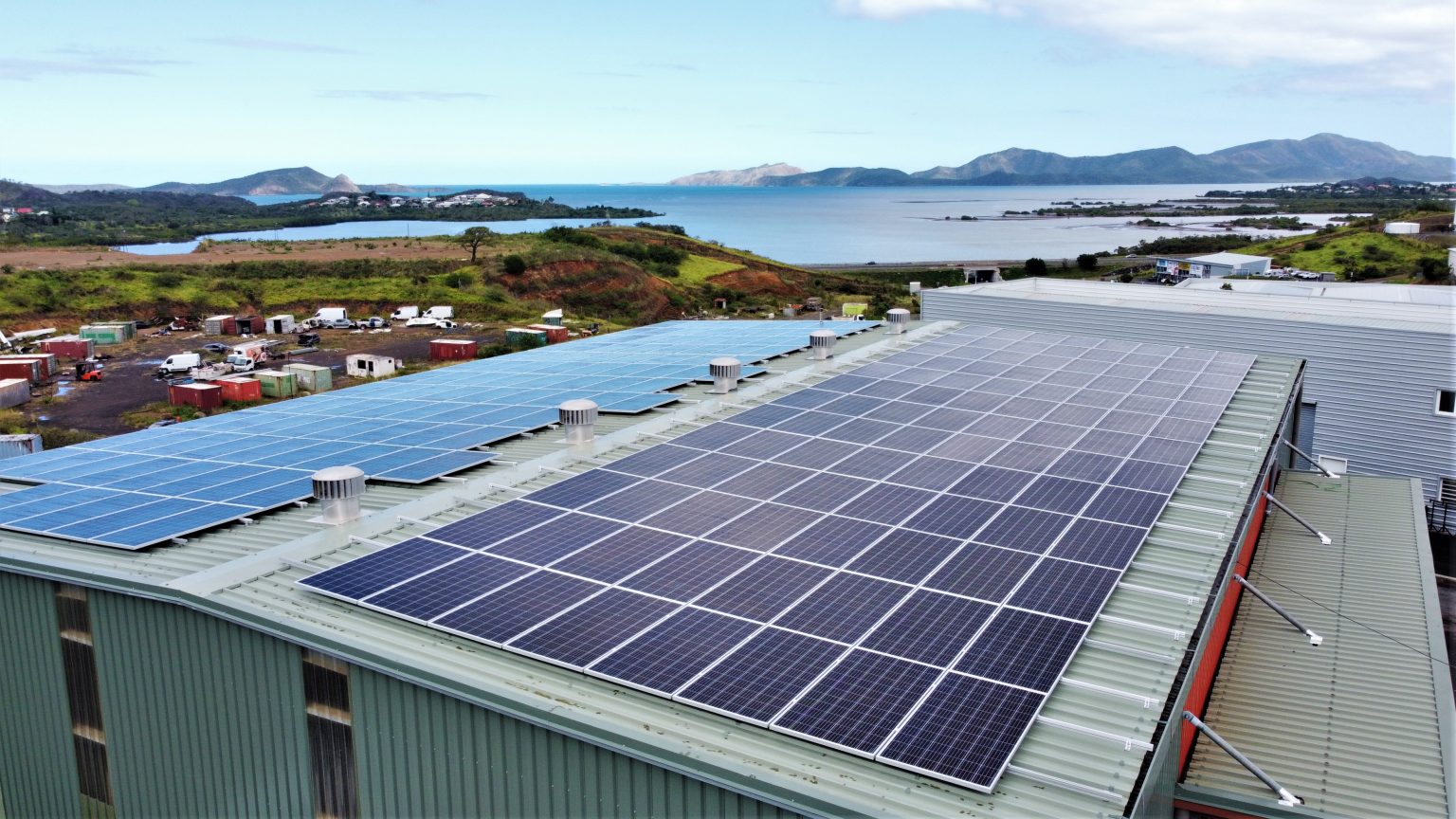How to Improve Your Business and the Environment with Sustainable Production Techniques

Source: Eco-Green Energy
Today's buyers increasingly factor sustainability into their purchase decisions. A survey by climate action group Avaaz found that 47% of consumers are willing to switch brands for ones with a smaller carbon footprint. Investors too are applying more scrutiny, with $1 out of every $3 under professional management in the U.S. now invested according to ESG principles. Brands that ignore this shift in priorities risk reputational damage and lost revenue.
Environmental sustainability is transitioning from a fringe concept to a business imperative. Companies that fail to adopt sustainable practices risk falling behind their competitors and losing customers. Meanwhile, the benefits of "going green" continue to grow clearer. This article explores practical steps for companies to implement greener production methods
The Benefits of Environmentally Sustainable Production Techniques
There are many benefits to adopting environmentally sustainable production techniques. Here are just a few:
- Cost Savings from Efficiency
Sustainable production methods don't just meet consumer expectations; they also reduce expenses. Steps like installing renewable energy, reducing waste and packaging, and streamlining supply chains cut energy, materials, and operational costs. The furniture company IKEA saved €1 billion in 2020 alone through sustainability initiatives. Businesses can benefit financially while also protecting the planet.
- Increased efficiency
Walmart, one of the world's largest retailers, embraced sustainable practices, such as investing in energy-efficient lighting, optimizing trucking routes, and promoting sustainable sourcing. As a result, they achieved significant cost savings in their supply chain and operations. Their sustainability initiatives not only saved money but also improved operational efficiency, enabling them to offer competitive prices to customers while reducing their environmental footprint.
- Improved public image
Patagonia, an outdoor clothing company, has built a strong public image around environmental sustainability and social responsibility. They promote durable, high-quality products that encourage customers to buy less frequently, reducing overall consumption. Their transparent sustainability initiatives, like donating a portion of profits to environmental causes, have resonated with customers, attracting a loyal following and boosting their brand reputation.
- Reduced risk
Unilever, a global consumer goods company, implemented sustainability measures throughout its supply chain, including sustainable sourcing of raw materials and reducing water usage. By proactively addressing environmental and social challenges, Unilever reduced potential risks associated with resource scarcity, supply chain disruptions, and regulatory non-compliance, ensuring their long-term business resilience.
- Compliance with regulations
Interface, a modular carpet manufacturer, committed to achieving zero environmental impact by 2020. They redesigned their products and processes to minimize waste and energy usage. Not only did this help them meet strict environmental regulations, but it also opened new market opportunities as environmentally conscious businesses and organizations preferred their sustainable flooring solutions.
How to Implement Environmentally Sustainable Production Techniques
There are many ways to implement environmentally sustainable production techniques in your business. Here are a few tips:
- Use energy-efficient equipment. Energy-efficient equipment can help you reduce your energy costs and your environmental impact. For example, replace old lighting with LED lights. LED lights use up to 80% less energy than traditional incandescent lights.
- Recycle and compost. Recycling and composting can help you reduce waste and your environmental impact. One way to do that is to set up recycling bins in your office or workspace. This will make it easy for employees to recycle paper, plastic, metal, and other materials.
- Use sustainable materials. Using sustainable materials can help you reduce your environmental impact. By using recycled materials in your products, it will help reduce the demand for virgin materials and your environmental impact
- Reduce water usage. Reducing water usage can help you save money and reduce your environmental impact. Install a waterless urinal. Waterless urinals use no water, but they still flush effectively. They can save up to 100 gallons of water per day.
- Educate your employees. Educating your employees about environmental sustainability can help them make more environmentally friendly choices. Hold training sessions on environmental sustainability. This will help your employees understand the importance of environmental sustainability and how they can make more environmentally friendly choices in their work.
Environmentally sustainable Production Techniques in African craft
There are many online marketplaces where you can find sellers who adopt environmentally sustainable practices. One example is Meekono, which features a variety of sellers who offer products made from sustainable materials, such as reclaimed wood and bamboo.

Woven baskets by Aketekete
Aketekete is a company that produces handcrafted objects in Ghana. They use natural, locally sourced materials and handmade processes to minimize their environmental impact.

Showcase by WC Artisan
WC Artisan Collections is another example of a sustainable seller. They produce eco-friendly and sustainable furniture made from reclaimed wood.
Businesses can find suppliers and manufacturers who adopt environmentally sustainable practices on online marketplaces such as Meekono. By sourcing products from sellers like WC Artisan Collections, businesses can support environmentally sustainable production techniques while also reducing costs and improving their public image.
Conclusion
Environmentally sustainable production techniques are good for the environment, your business, and your bottom line. By adopting these techniques, you can improve your efficiency, reduce your costs, and improve your public image. So what are you waiting for? Start implementing environmentally sustainable production techniques today!
No posts found
Write a review

 ALL RIGHT RESERVED. Meekono 2025
ALL RIGHT RESERVED. Meekono 2025